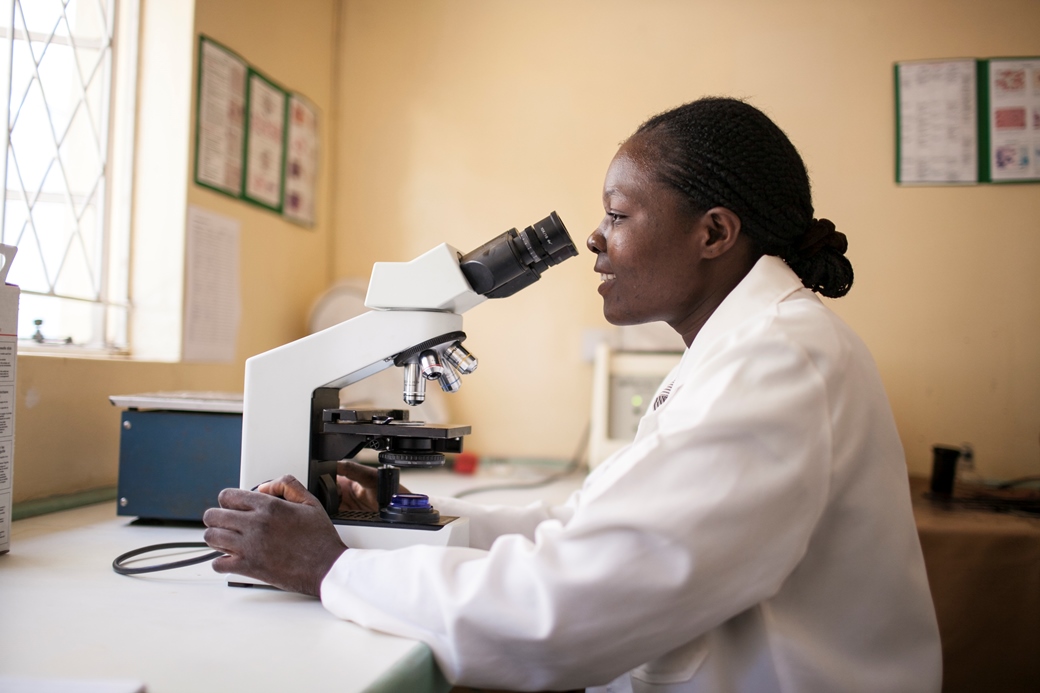In the year 2000, during the United Nations Millennium Summit, the Sixth Millennium Development Goal (MDG) was fixed.
The goal is to block propagation and incidence of HIV/AIDS and reverse the trend by 2015, thanks to the joint commitment of both rich and poor nations.
According to UNAIDS the objective has been met and the end of the AIDS epidemic is foreseen by 2030, as set forth in the Sustainable Development Goals (SDG). As from 2000 the global response to HIV has forestalled 30 million new infections and almost 8 million deaths. Even so, according to WHO, AIDS is still the sixth cause of death in the world.
Every year on the first of December World AIDS Day is celebrated – Originated at the world Health Ministers’ summit on programmes for the prevention of AIDS in 1988 and subsequently adopted by governments, international organisations and associations throughout the world – to raise public awareness of one of the worst pandemics, which, still today, afflicts our world and risks being forgotten.
But many important steps have been made: 15 years ago AIDS was considered as a disease for“others”and medicines for curing it were only for the rich. Today 17 million people have access to the drugs, more than 80 countries have beaten the diffusion or reversed the trend of the epidemic, including those with the highest incidence such as India, Kenya, Mozambique, South Africa and Zimbabwe, and new infections have been reduced by 35% since 2000.
Even so, the attention and commitment of the International Community to this disease must not die out because deaths from AIDS still exceed one million every year and there are almost 37 million infected people.
